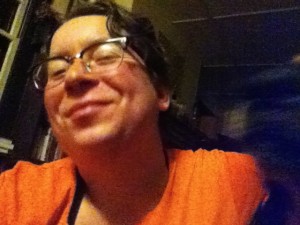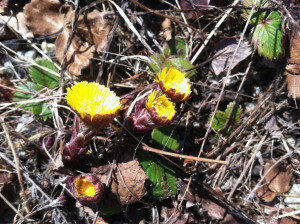Look at the styrofoam cup, not the coffee! I have been writing about obesogenic pollutants for some years now. This article by Dr. Grisanti talks about some of the most significant. Also see my article Chemicals and Obesity: What if it isn’t all your fault? Here is Dr. Grisanti’s take on the subject:
Obesity has hit epidemic proportions and the world is desperate to do anything to lose their unwanted fat.
Although eating a healthy diet and exercise is paramount to losing fat, there is one little unknown fact that will prevent millions of people from ever losing fat.
According to the US government this one thing is the considered the number one pollutant in the human body and will put a quick halt to ever reaching your desired level of fitness and fat loss.
One of the major causes of the obesity epidemic is the unprecedented level of phthalates or plasticizers.
The problem with these toxic environmental toxins is the fact that they are difficult to impossible to avoid. In fact they are found in every species even in the most pristine wild.
In fact we have so damaged the chemistry of even animals in the wild that the polar bears in the Arctic have human diseases such as hypothyroidism and osteoporosis.
Phthalates are the highest pollutant in the body being over 10,000 times higher than any of the thousands of other environmental toxins.
In fact they are so pervasive that now children six years of age have levels that used to take adults until the age of 40 to accumulate.
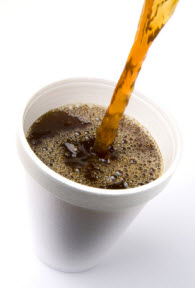 “Phthalates are the highest pollutant in the body being over 10,000 times higher than any of the thousands of other environmental toxins.”
“Phthalates are the highest pollutant in the body being over 10,000 times higher than any of the thousands of other environmental toxins.”
–
The government agencies, scientific and medical literature have clearly documented that a huge amount of these environment toxins (phthalates) come from our water, soda and infant formula bottles, food packaging, cosmetics, nail polish, mattresses, couches, carpets, clothing, medications, styrofoam cups, IVs, vinyl flooring, construction materials, home wiring, computers, industrial and auto exhausts, etc.,
The sad point is the fact that these toxins stockpile in the body and overwhelm our ability to detoxify them.
We routinely measure them with a wonderful test called Phthalates & Parabens Profile (https://www.gdx.net/product/phthalates-parabens-test-urine)
In addition to the damage these environmental toxins do to the biochemistry of losing fat they have also been known to be associated with difficult to treat chronic fatigue syndrome,fibromyalgia, ADD, syndrome X, diabetes, arteriosclerosis, allergies, and much more.
In fact the label that a disease has is now unimportant. All we care about is what caused the disease and what biochemical corrections are necessary to get rid of it and actually bring about a true solution, a word you rarely hear in drug-oriented medicine.
What is even worse is the fact a pregnant mother’s phthalate levels (look at how many are continually drinking from plastic water bottles, etc., thinking that it’s something healthful) hugely influence not only the development of the child’s brain and glands, but even future fertility and cancers in their unborn children, not to mention, of course, obesity.
What you need to understand and something the researchers have forgot to mention is the fact that fat stores a huge amount of our chemicals, so the fatter you are the more the difficult it is to lose fat. Interesting and at the same time depressing.
The bottom line is many people will never lose weight or solve their medical problems because they have not gotten rid of the phthalates and other environmental pollutants that have damaged their chemistry and genetics.
One of the key ingredients to ridding the body of these harmful toxins is first to do what you can to avoid it (STOP DRINKING OUT OF STYROFORM CUPS and PLASTIC BOTTLES) and invest in a far infrared sauna
……………………………………
References:
Heindal JJ, Endocrine disruptors and the obesity epidemic, Toxicol Sci 76; 2:247-49, 2003
Baillie-Hamilton PF, Chemical toxins: a hypothesis to explain the global obesity epidemic, JAIt Complement Med 8;2:185-92, 2002
Alonso-Magdalena P, et al, The estrogenic effect of bisphenol A disrupts pancreatic B-cell function in vivo and induces insulin resistance, Environ Health Perspect 114:106-12, 2006
The Hundred Year Diet in the Wall Street (May 10, 2010, A I5)
Vom Saal FS, Welshons WV, Large effects from small exposures. II. The importance of positive controls in low-dose research on bisphenol A, Environ Res, 100;1:50-76, Jan. 2006
Feige JN, et al, The endocrine disruptor monoethyl-hexyl phthalate is a selective peroxisome proliferator-activated receptor gamma modulator that promotes adipogenesis, JBiol Chem 282:19152-66, 2007
Hatch EE, et al., Association of urinary phthalate metabolite concentrations with a body mass index and waist circumference: a cross-sectional study of NHANES data, 1999-2002, Environ Health 7:27, 2008
Clark K, et al, Observed concentrations in the environment. In: The Handbook of Environmental Chemistry. Vol 3, Part Q. Phthalate Ester (Staples CA, ed). New York: Springer, 125-177, 2003
Feige JN, et al, The pollutant diethylhexyl phthalate regulates hepatic energy metabolism via species-specific PPARa-dependent mechanisms, Environ Health Persp, 118; 2:234-41, Feb 2010
Jaakkola JJK, et al, The role of exposure to phthalates from polyvinyl chloride products in the development of asthma and allergies: A systematic review and meta-analysis, Environ Health Perspect 116:845-53, 2008
http://www.functionalmedicineuniversity.com/public/835print.cfm
Before starting any self treatment Dr. Grisanti recommends that you consider consulting with a doctor trained in functional medicine. Visit www.FunctionalMedicineUniversity.com to find doctors thoroughly trained in functional medicine
The information on this website is not intended to replace a one-on-one relationship with a qualified health care professional and is not intended as medical advice. It is intended as a sharing of knowledge and information from the research and experience of Dr. Grisanti and his functional medicine community. Dr. Grisanti encourages you to make your own health care decisions based upon your research and in partnership with a qualified health care professional. Visit www.FunctionalMedicineUniversity.com to find practitioners thoroughly trained in functional medicine. Look for practitioners who have successfully completed the Functional Medicine University’s Certification Program (CFMP). This content may be copied in full, with copyright, contact, creation and information intact, without specific permission, when used only in a not-for-profit format. If any other use is desired, permission in writing from Dr. Grisanti is required.
© 2016 Sequoia Education Systems, Inc. All Rights Reserved. Reproduction without permission prohibited.
http://www.functionalmedicineuniversity.com Used with permission.
 39 people like this post.
39 people like this post.
 SAM-e, S-adenosyl-L-methionine, is vital to the production of our body’s most important antioxidant, glutathione, as well as the secondary antioxidants, cysteine and taurine. It also enhances the antioxidant power of superoxide dismutase (SOD) These capabilities underscore SAM-e’s importance as a neuroprotective compound, given the extraordinarily high metabolic activity and energy-intensive demands of both brain cells and neurons.
SAM-e, S-adenosyl-L-methionine, is vital to the production of our body’s most important antioxidant, glutathione, as well as the secondary antioxidants, cysteine and taurine. It also enhances the antioxidant power of superoxide dismutase (SOD) These capabilities underscore SAM-e’s importance as a neuroprotective compound, given the extraordinarily high metabolic activity and energy-intensive demands of both brain cells and neurons.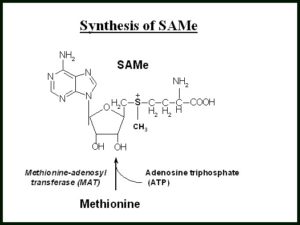
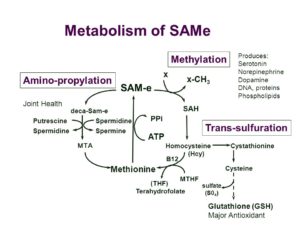



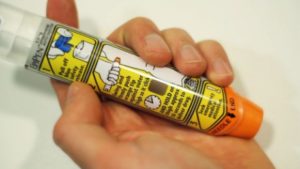



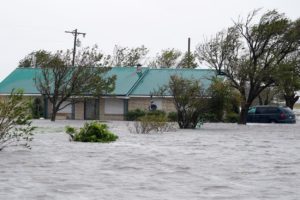

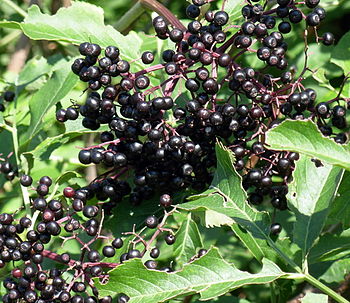

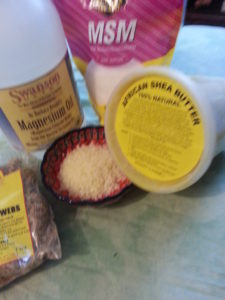 I find that using Magnesium Oil can sting, but transdermal -topical- magnesium chloride is essential to avoiding restless leg or spasms from Parkinson’s. It is also good for arthritis, morning sickness, anxiety, headaches, diabetes, hypertension, insomnia and many more conditions including some 300 internal cellular reactions. It used to be in food, but levels have plummeted according to USDA data. It just isn’t that easy to absorb magnesium from supplements, especially if our digestion is impaired or as we age. So I make magnesium lotion.
I find that using Magnesium Oil can sting, but transdermal -topical- magnesium chloride is essential to avoiding restless leg or spasms from Parkinson’s. It is also good for arthritis, morning sickness, anxiety, headaches, diabetes, hypertension, insomnia and many more conditions including some 300 internal cellular reactions. It used to be in food, but levels have plummeted according to USDA data. It just isn’t that easy to absorb magnesium from supplements, especially if our digestion is impaired or as we age. So I make magnesium lotion.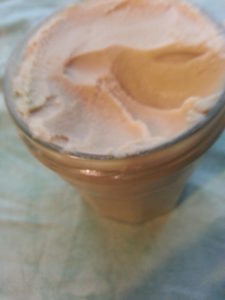 Add your shea butter, lecithin, coconut oil and beeswax to the top of the double boiler and melt. When it first melts you can add in your optional calendula or arnica flowers and let them infuse for 20 minutes over low heat. Add back the magnesium mix to bring it to the same temperature. Strain into a mixing bowl, blender or bowl for your immersion blender. Let cool 20 minutes, then mix or blend until emulsified.
Add your shea butter, lecithin, coconut oil and beeswax to the top of the double boiler and melt. When it first melts you can add in your optional calendula or arnica flowers and let them infuse for 20 minutes over low heat. Add back the magnesium mix to bring it to the same temperature. Strain into a mixing bowl, blender or bowl for your immersion blender. Let cool 20 minutes, then mix or blend until emulsified.
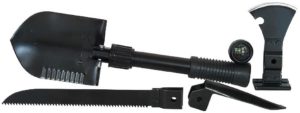

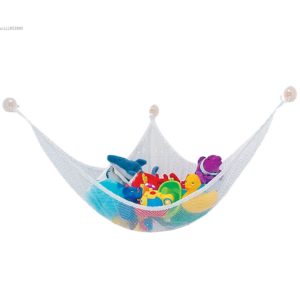

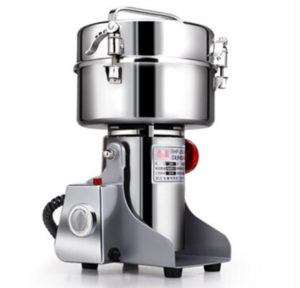
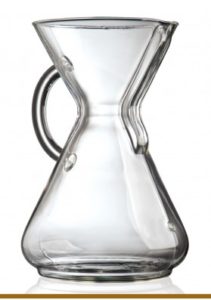
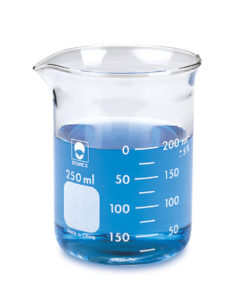
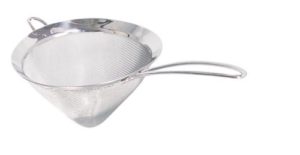
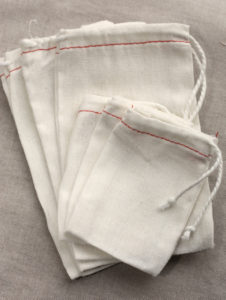
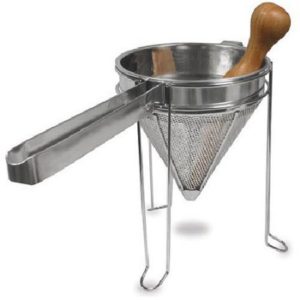
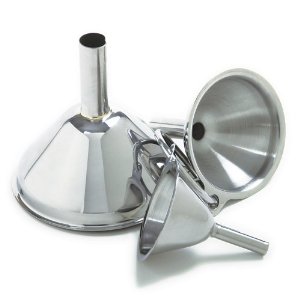
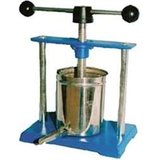
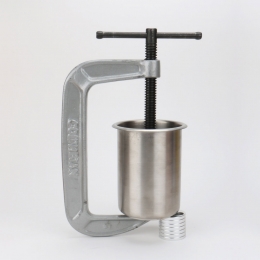
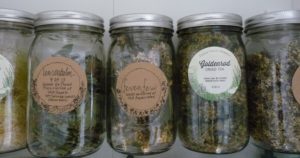

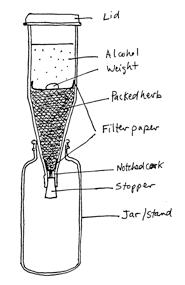
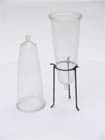

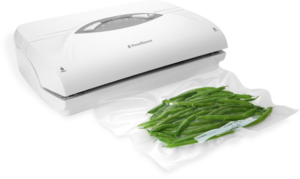
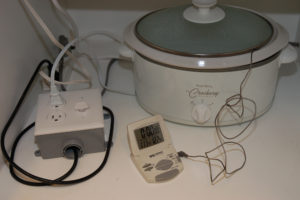
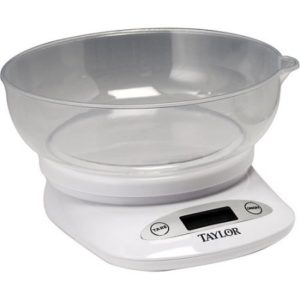
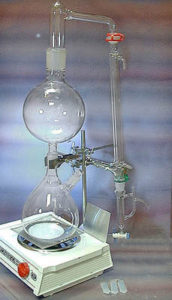
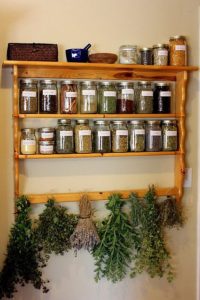
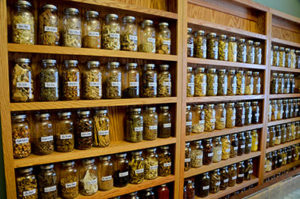
 “Phthalates are the highest pollutant in the body being over 10,000 times higher than any of the thousands of other environmental toxins.”
“Phthalates are the highest pollutant in the body being over 10,000 times higher than any of the thousands of other environmental toxins.”